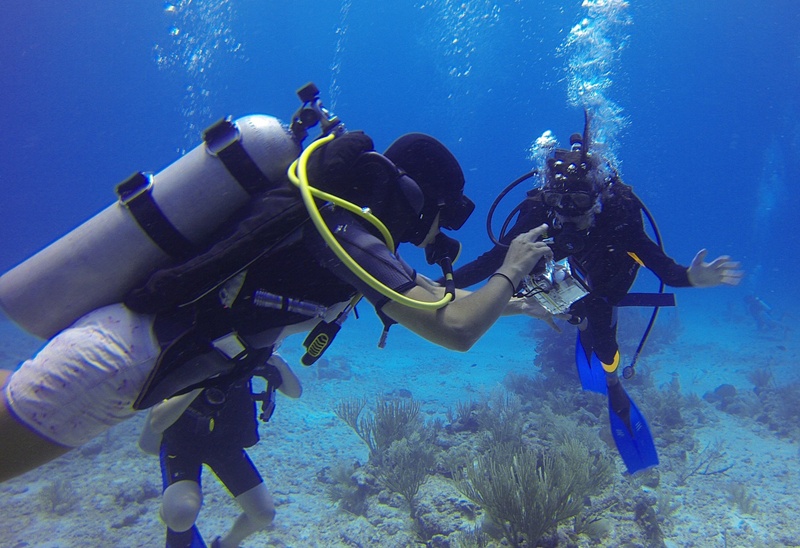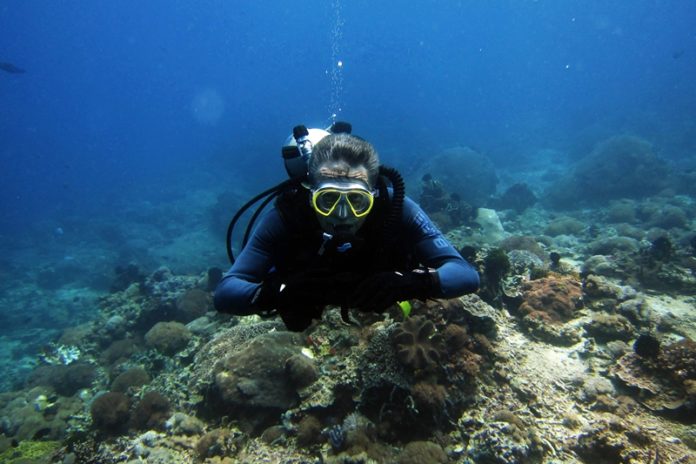Congrats! You finally got your diving certificate, and now you are ready to take on the big blue. You might be quick to read through some magazines and scan different websites for the right scuba diving gear, but before that, you should know a few things.
Looking for the right scuba diving gear can sometimes be an overwhelming task, and you do not know which equipment to choose or how to start picking. For this situation, you can use the 3 S’s to help you out. Diving accessories should be sturdy, snug, and superior to other products.
When it comes to scuba diving, the significance of reliable gear cannot be overstated. In addition to the 3 S’s, sturdy, snug, and superior, considering the quality of your equipment is paramount for a safe and enjoyable diving experience. Commercial diving equipment, designed with advanced technology and durability in mind, can be a game-changer. From high-performance regulators to robust diving suits, investing in top-notch commercial diving equipment ensures that you are well-equipped to explore the underwater world with confidence.
Here are some tips on how you can check if the gear that you are choosing is the right pick for the job.

Snug Gears Are Built to Last.
Comfort should be considered when choosing the right scuba mask, snorkel, and scuba fins. The scuba mask should be snug enough to prevent water from coming in yet can still be easily worn and removed.
Your scuba mask should still be comfortable even after attaching the snorkel. Look out for any gaps created when connecting the snorkel. Some scuba divers do not use snorkels. Though snorkels are optional in choosing your diving gear, some divers use it when they are on the surface of the water to check for diving conditions. Also, snorkels are used to conserve air from the air tank.
Some people, on the one hand, prefer open-heel fins because of the ease of putting them on. Also, such diving accessories protect your feet while being in the sea. There are also open-heel fins that are adjustable. This is helpful for younger people who want to try out diving.
Additionally, more divers are inclined to wear full-foot fins that are suited for warmer waters. These fins do not require dive booties.

Sturdy material protects you from the cold.
Heat is more easily transferred in liquids than in air. Under the sea, you can quickly lose warmth, and it can get cold fast.
Having a well-insulated wetsuit with the proper thickness can protect you from drops in temperature. If your skin reacts to spandex, you can choose a wetsuit with a fleece lining. This may lessen abrasion and irritation.
Also, choose a wetsuit that is tight enough to prevent water from slipping inside your suit. Remember, any water that moves through the material will make you lose warmth.
You may consider choosing a wetsuit made from neoprene material. Such material is preferred by many because of its insulating properties. Neoprene wetsuits work by trapping water in pockets of air along with the material, which in turn, is warmed by the skin.
Superior quality provides high performance.
Scuba regulators work by converting the pressure in your tank to one that you can use. Even under challenging depth, choose a regulator that can deliver a consistent volume of air at different depths.
One valuable scuba diving gear, the dive computer, keeps you safe by monitoring tank and decompression status, time, and depth. These statuses should be monitored to prevent decompression sickness.
Underwater pressure sickness may be mild. But in some cases, such conditions can be life-threatening. Choose a dive computer, which you can quickly glance to, such as your wrist.
Scuba diving gear should be safe and comfortable at the same time. Having a great design that you like is a bonus. While the plan may be compromised, using gear that will not injure you and provide you with protection may save your life.











